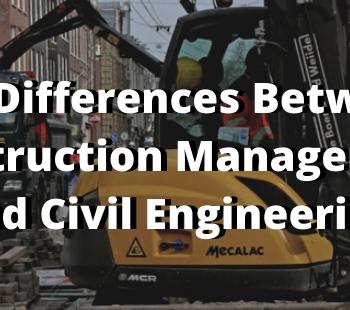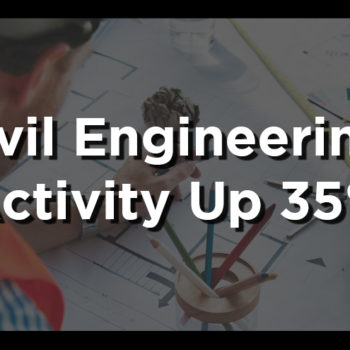
Your Guide To How Construction Projects Work
- Posted by Fawkes and Reece
- On 20th August 2018
If you’re starting out in the construction industry, it’s useful to have a guide to know how a construction project works, because construction has its own project methods and protocols. Let’s take a look at four of the main roles involved in starting and progressing a project: the client, the consultants, the contractors and the subcontractors.
The Client
The project starts with the client. This is the organisation or person who has decided they want something built. On a smaller project, the client may be a private individual who wants to build a house. On a very large project, the client could be a government department funding a large new hospital or even a major infrastructure project, such as Crossrail. Or it might be a private company wanting to build a block of flats.
The first thing the client will be advised to do is to hire consultants.
The Consultants
The consultants are specialists who will listen to what the client wants, design the project, put together realistic cost and time estimates, advise on health and safety and manage the overall project. Sometimes they come from several different firms, but sometimes they all work for one large company that is employed by the client.
Once the consultants have a design, they agree it with the client. The next step is to ask building companies (contractors) to bid for the work. The consultants manage this process for the client and usually try to get several companies bidding so that there is a choice.
The Contractors
As a guide to how a construction project works, let’s just explain the difference between the “main contractor” you will hear mentioned, and the “subcontractors” or “subs”. The main contractor is responsible for delivering the project and is called “contractor” because they have a contract with the client to deliver the building at a set cost in a set time and according to the design that has been agreed.
The Subcontractors
However, the client doesn’t expect the contractor to do the work themselves. The main contractor hires tradespeople and smaller firms to do specific jobs such as electrical work or bricklaying. These are the “subcontractors” or “subs”.
Start on Site
Finally, when all the designs are agreed, planning permission has been granted, the money is in place, the contracts are signed, the main contractor has been appointed and the subcontractors have been hired, a “start on site” date is agreed . Work can now begin.
Getting a Job in Construction
Some people without specific skills get a start in the building industry by being taken on as casual labour on a site. Others have a job with a firm that is acting as a subcontractor, and they may be learning a trade or acquiring skills in areas such as erecting the steelwork that will support the structure.
Graduates in subjects such as civil engineering and quantity surveying readily find roles working for consultants or taking project work to gain experience. Because most building work takes the form of a project, project managers and planners are also employed on large building jobs.
Whatever your entry level, use this outline as a guide to how a construction project works, and remember that qualifications at every level are very important.



0 Comments